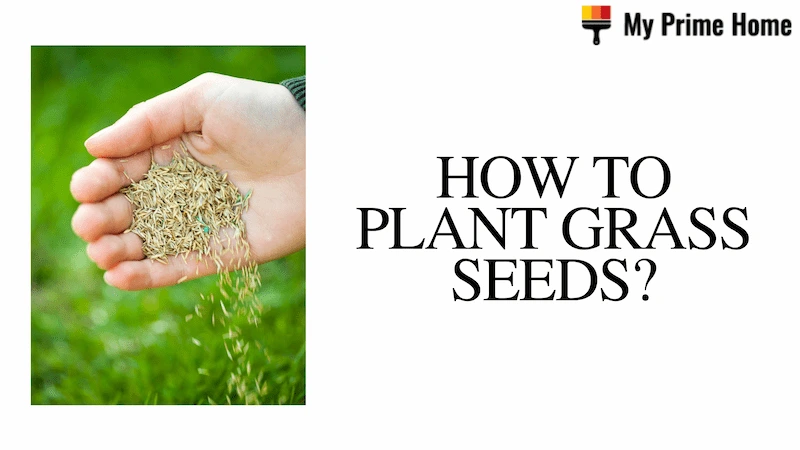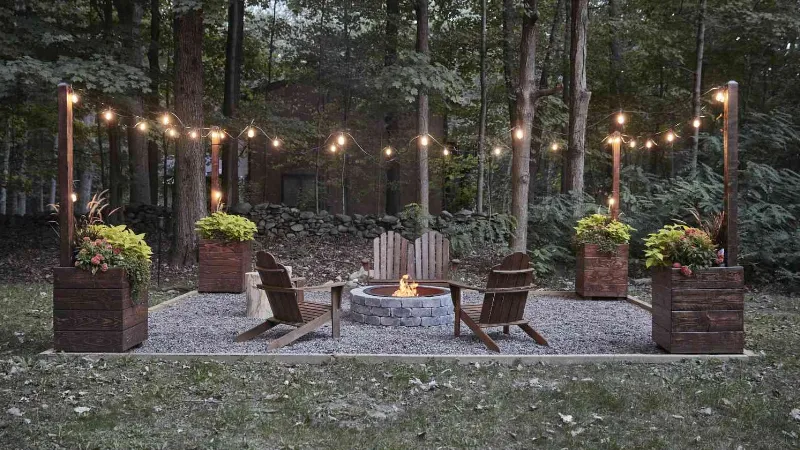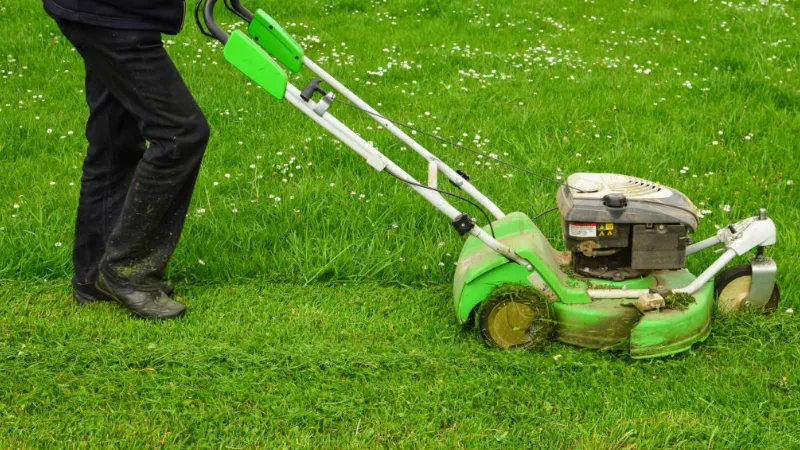Find the best grass for your lawn by comparing different features and characteristics. The most common turfgrasses and how to apply them are listed in the following paragraphs.
The best grass seed include perennial ryegrass, zoysia, turf-type tall fescue, fine fescues, buffalo grass, grass mix, kentucky blue, and carex…
Please read on for more detailed information.
Best Grass Seed
Here is a list of the best grass seed:
Best for a Temperate Climate
Perennial ryegrass is one of the best grass seeds for a temperate climate. I suggest planting it in temperate climate areas such as the northern United States and the United Kingdom. It is a fast-growing species with fine texture and dark green leaves. It can withstand light traffic after 8 to 10 weeks of germination.
Avoid the perennial ryegrass variety ‘Linn’, which – although cheap – is poor quality and short-lived. Give annual ryegrass a wide berth as well because, despite its incredible rate of growth, it has a rough texture and thins over time, necessitating another lawn re-do a few years from now.
The majority of perennial ryegrass varieties are of high quality and work well for thickening or seeding dead lawn patches. They work well with Kentucky bluegrass for a fresh lawn.
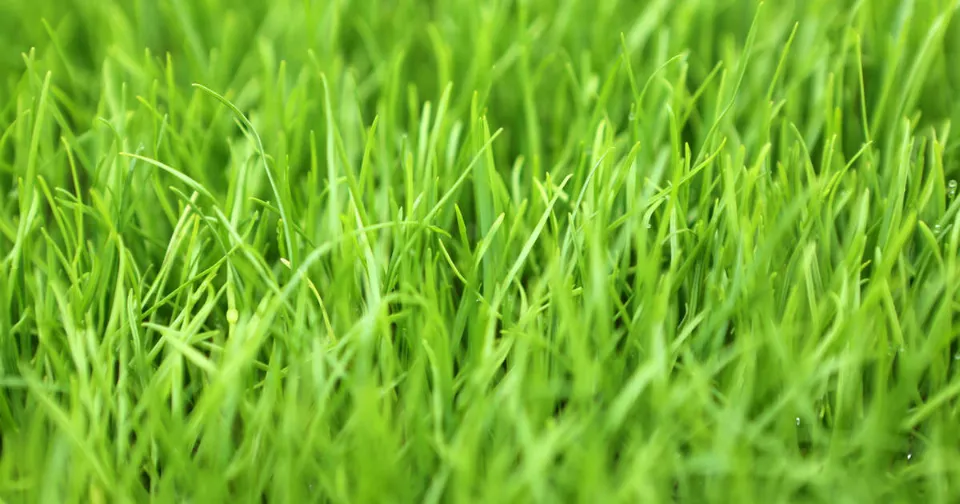
Best for a Warm Climate
Zoysia is one of the best grass seeds for a warm climate, which is an attractive, dense, dark green grass that performs well in the hot sun and requires less irrigation than other grass that likes the sun. Its only disadvantage is that it is expensive, and in winter it looks like the turf in all warm seasons is light brown.
In a warm-weather climate, zoysia is one of the finer lawn options. Paspalum is also excellent. They are not as affordable or accessible as Palmetto St. Augustine grass, which unfortunately grows quite slowly and is a rather coarse grass. Zoysia and paspalum are the much finer options.
Zoysia is a slow-growing grass, so buying it as sod (turf) will allow you to enjoy it more quickly.
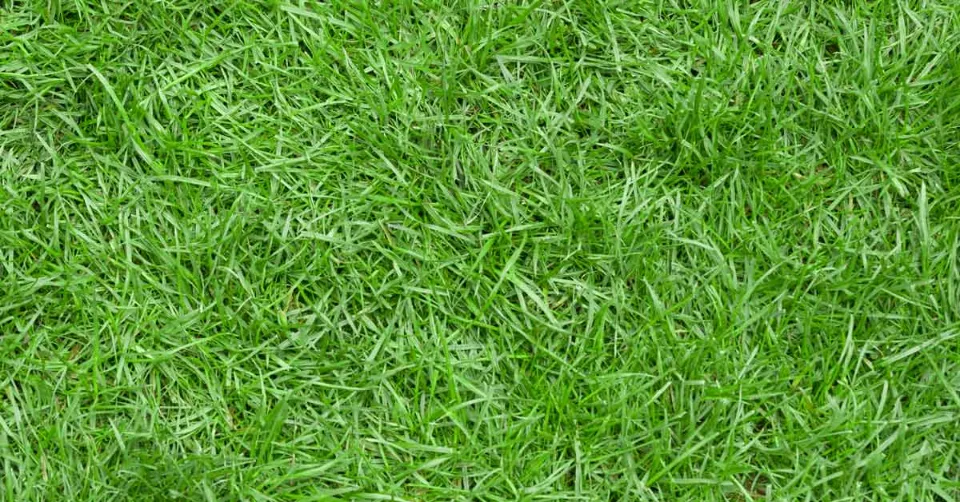
Best for the Least Mowing
Turf-type tall fescue is one of the best grass seeds for the least mowing, creating a lush green grassland to cope with the flow of people, requiring less pruning and watering than some grass. The terrain is open, the sun is sufficient, and the growth speed is fast.
With minimal maintenance, tall fescue produces turf grass of moderately good to excellent quality. Tall fescue is a wise choice if water conservation for lawn irrigation is a concern. Tall fescue is the most heat and drought-tolerant of the cool-season turf-grasses with the ability to produce deep root systems. Additionally, when compared to other cool-season grasses, research at MSU demonstrates that tall fescue roots have good tolerance to European chafer grub damage.
It doesn’t require making a seed mix; it can be seeded on its own. Before planting tall fescues, try to improve the soil’s drainage in areas where it is poor. Suleiman advises sowing in August.
To develop your lawn maintenance strategy, learn how to identify crabgrass. Below will give you a full explanation of what is crabgrass.
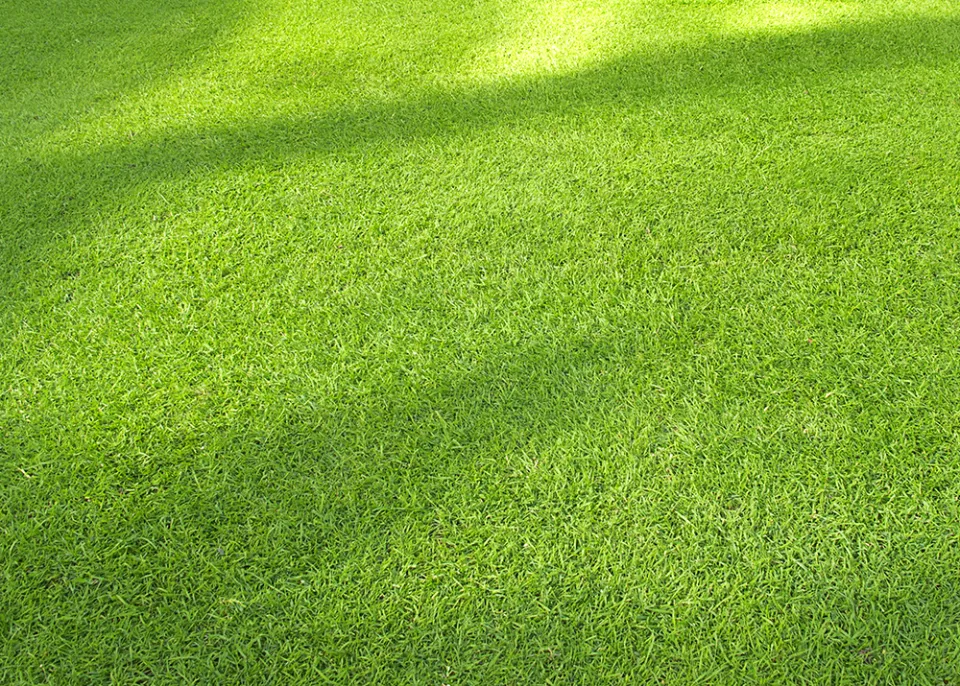
Best for Shade
Fine fescues are one of the best grass seeds for shade, which are ideal for shady areas of the garden, as long as they receive at least 2-3 hours of good sunlight each day.
Hard fescue, creeping red fescue, and sheep fescue are some examples of fine fescues that work best in shady areas in the Mid-Atlantic region of the United States.
The most effective variety is hard fescue. The fine fescues should only be mowed sparingly, should receive at least two hours of direct sunlight daily, and are sensitive to foot traffic. To cover a sizable shaded area in the yard, they can, however, be a practical and attractive option.
Before planting fine fescue in areas where the soil drainage is poor, make an effort to improve it. If there are many trees nearby, sowing in the fall after raking the leaves will give the grass several months to establish itself before the shade becomes more intense with the growth of new leaves in the spring.
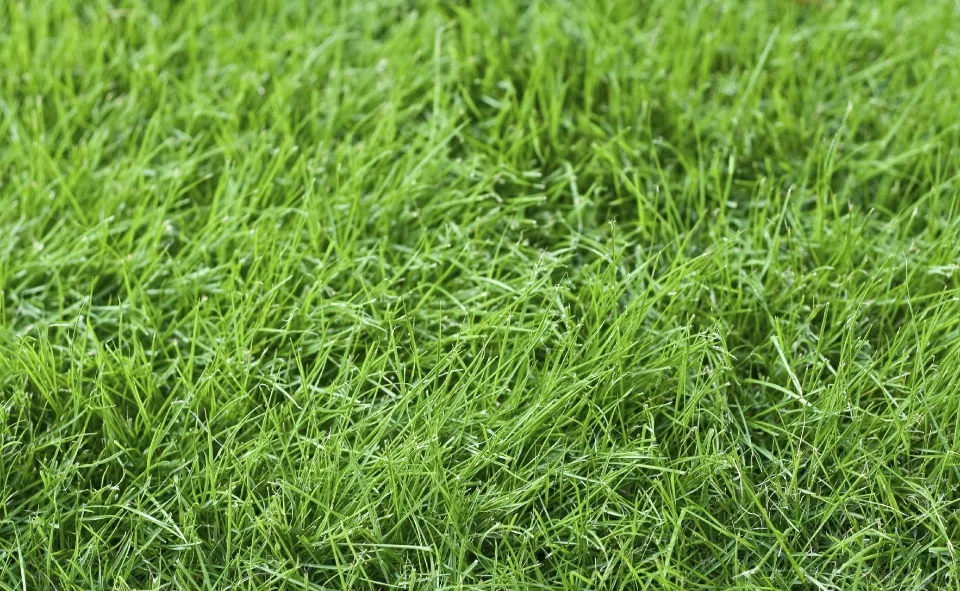
Best for Sun
Buffalo grass is a warm-season native grass for sunny areas in zones that enjoy hot summer months. In scorching heat, many other grasses would quickly brown, but Buffalo will remain a lush shade of green. Because it grows slowly and tolerates drought, it does not require much mowing or watering. It is best purchased as sod (turf) to aid in its quick establishment.
A good variety of buffalo known as UC Verde was developed by the University of California and introduced. It was specially bred for the dry desert valleys of Arizona, including Tucson, as well as the climate of California.
Perennial ryegrass is a fantastic choice for grass seed or sod (turf) for sunny areas for people who live in cooler temperate zones. But, How Long Does Grass Seed Last?
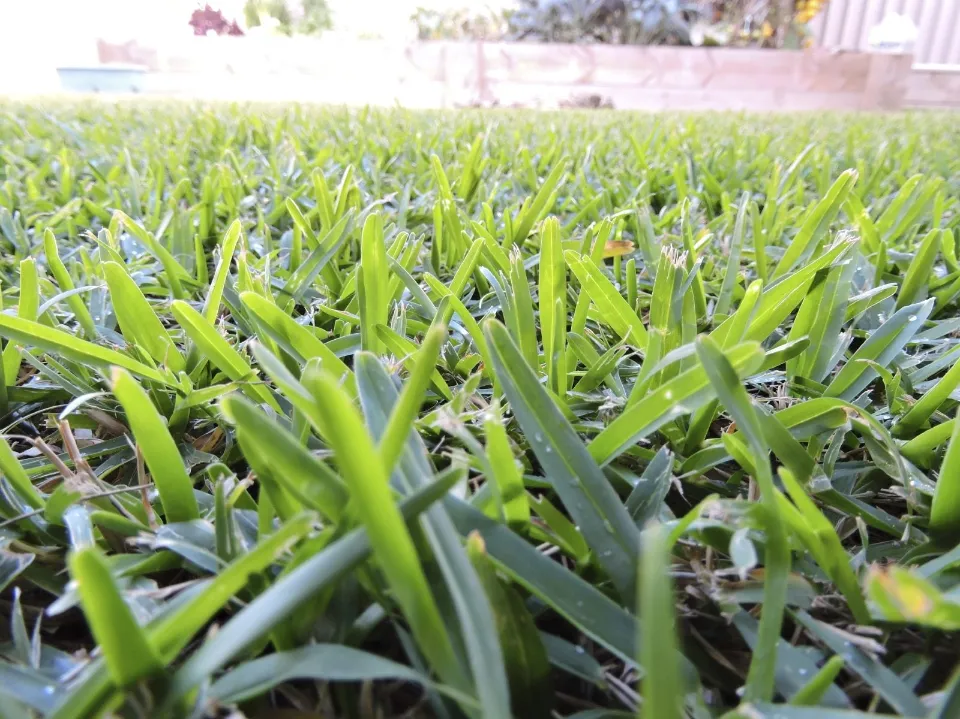
Best for Semi-Shade
A grass mix is usually the best grass seed for sowing or purchasing turf, because many people have both sunlit areas and some shady areas in their backyards.
A diverse seed mix ensures that your lawn will thrive under different conditions.
Choose a blend of 40–60% Kentucky bluegrass, 30–40% fine fescues, and 10–20% perennial ryegrass for a lawn that receives plenty of sun and some trees. ‘In the sunny areas, Kentucky bluegrass and ryegrass will predominate, and fine fescues thrive in the shade, according to Peter.
He advises a blend of 50–60% fine fescues, 30–40% Kentucky bluegrass, and 10–20% perennial ryegrass for a lawn that is mostly shaded but has some sunny spots.
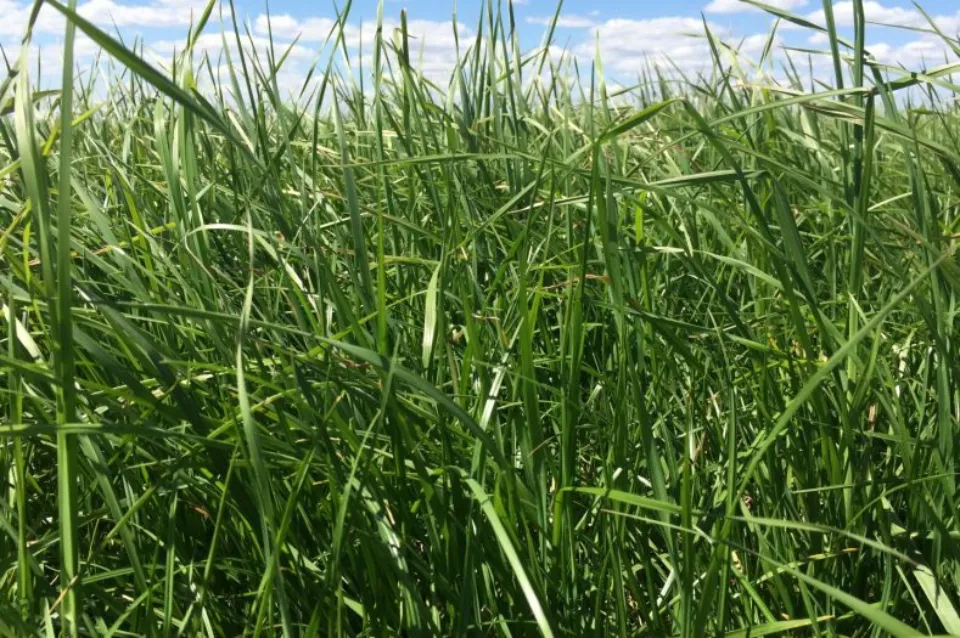
Best for Heavy Foot Traffic
Kentucky Blue is well able to handle the shock of feet and claws repeatedly walking and running on it, which is why it is probably the most widely planted grass in the United States. It will create a dense, medium-grained, dark green lawn. Since it takes some time to set up, it is best to buy it as turf (sod) for quick results. Perennial ryegrass is also preferred in many places.
Kentucky blue has a shallow root system, making it suitable for colder climates but not the best choice for warm climates unless you have kids who enjoy spending hours running through sprinklers! Tall fescue is a great option for mild to cool zones, such as the mid-south states of the US, while Bermuda and zoysia are suitable for high foot traffic in warm climates.
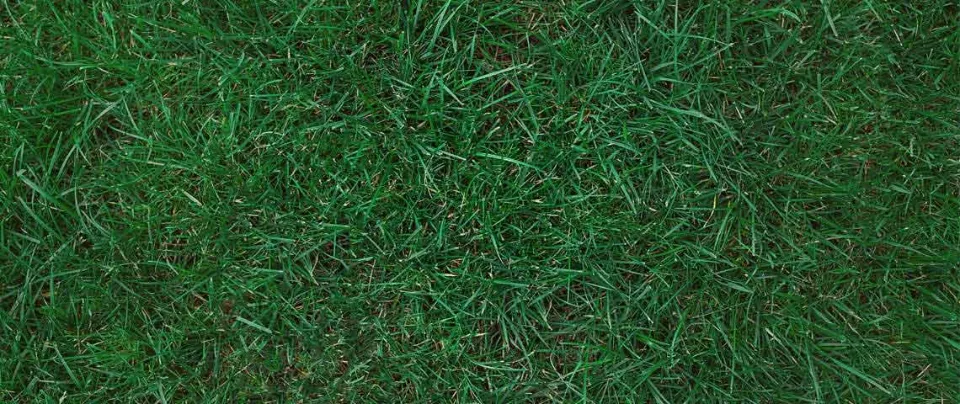
Best for No Foot Traffic
Carex (sedge) is a very attractive grass to use a contemporary alternative to traditional mown lawn turf. Carex is a fantastic choice if you want to grass an area that won’t be used frequently, like a front garden.
We cultivate a number of grasses and sedges that are excellent turf grass substitutes. They produce a thin layer of ground cover that doesn’t require frequent fertilization or mowing. Some do better in shaded areas, while others do best in direct sunlight. All can either be left uncut for a more natural look or mowed to a height of 3 to 8 inches (or 20 to 30 cm) twice or three times throughout the season.
Low-growing Carex is an evergreen grass with lovely, arching growth and tasteful, narrow foliage. There are many different kinds, including versions in gold, cream, bronze, and green. C. flacca (glauca sedge) has lovely green-blue foliage. To attract and help wildlife, you could consider mixing such low grasses with nectar-rich perennials (for example, coneflower) to create an informal prairie look that has movement, texture, and color.
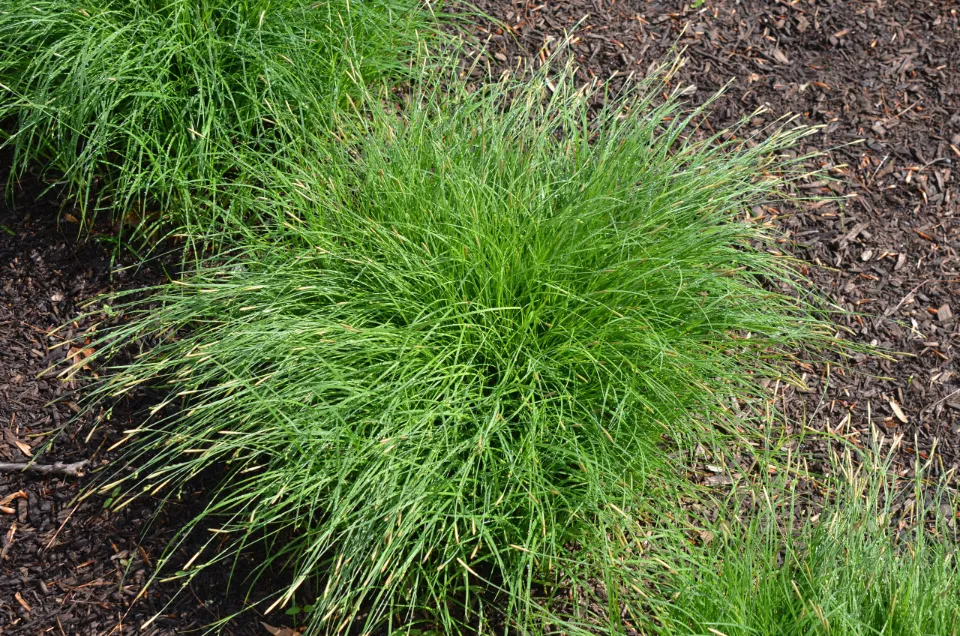
Best for a Low-Rainfall Area
Tall fescue is one of the best grass seeds for a low-rainfall area, which is a drought-resistant and low-maintenance choice. It is impossible to experience less rainfall or irrigation in open and sunny areas.
Tall fescue will be the only grass that will remain green in dry times. But tall fescue planted alone – its light green color and rough texture cannot be well integrated with better lawn grass, such as Kentucky bluegrass, ryegrass and fine fescue. In addition, buy high-quality “turf-type” tall fescue from reputable dealers. Don’t eat Kentucky 31, which is big and thick. “
In places with poor soil drainage, try to improve tall fescue before planting it. Although they can’t bear the heavy flow of people, in drought-prone areas, fine fescue is another option to shade the ground.
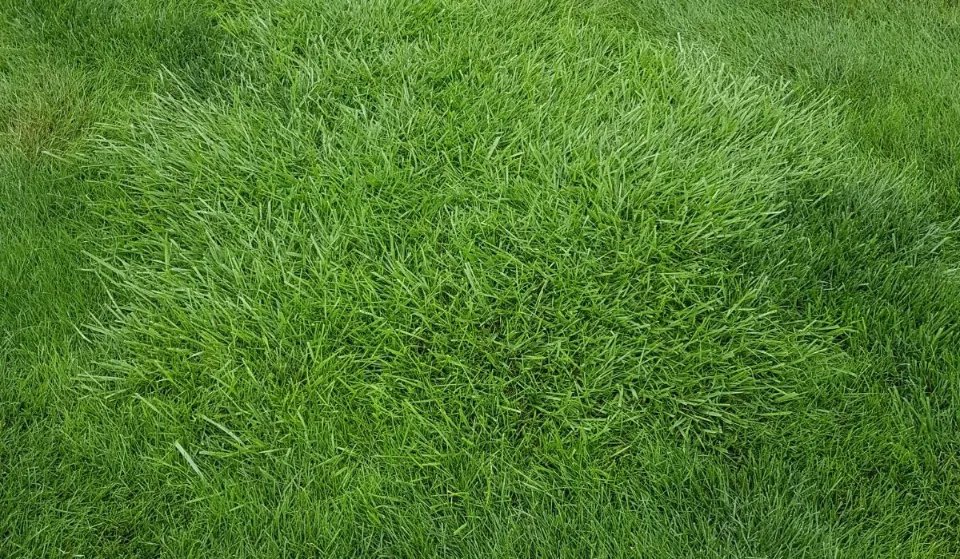
Best for Pets
Bermuda grass is one of the best grass seed for handling the patter of dog paws and patches of urine, being a tough, coarse turf that grows back quickly. Warm climates and drought are both favorable to its growth.
Zoysia and paspalum were among the grasses that recovered from dog urine the fastest, along with Bermuda and St. Augustine. While St. Augustine may be the most tolerant of shade, all of these grasses are perfect for warm climates. Perennial ryegrass and tall fescue are reliable choices in zones in between. Kentucky blue is a tough grass that can withstand pets in cold climates.
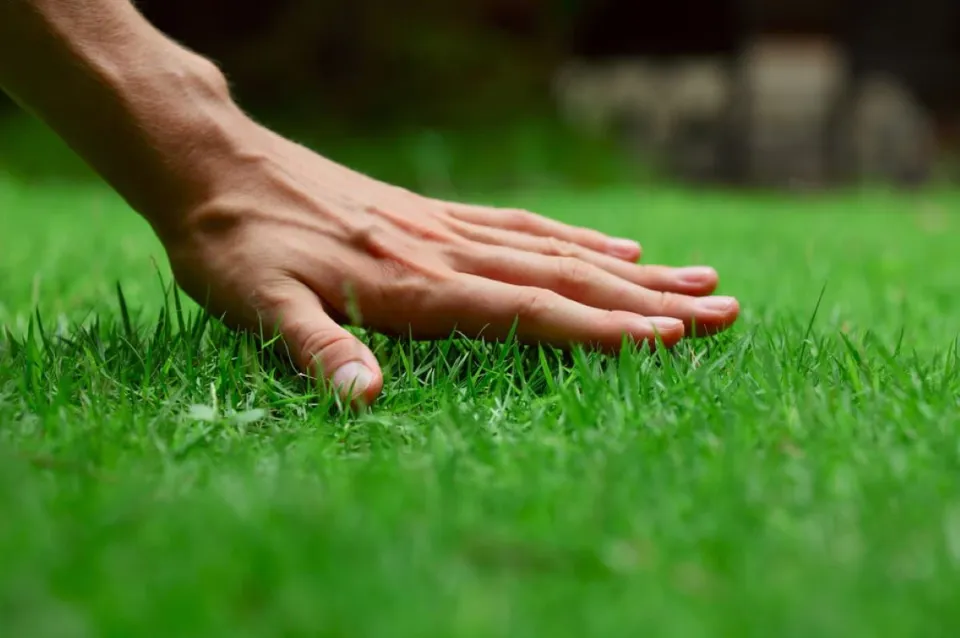
Best for Alternative Lawns
Many property owners are looking for eco-friendly substitutes for traditional lawns as sustainability gains popularity with them. There is a desire to reduce chemical applications, conserve water, and create backyard habitat space. The “no-mow” lawn encompasses a range of approaches including a selection of grasses that naturally stay low without mowing and incorporating non-grass plants that provide food and shelter for pollinators, birds, and other wildlife. Xeriscape landscapes incorporate limited traditional lawn-grass areas where they serve an identified function but may use different grass species to fulfill the role of lawn grass.
The best options for alternative lawns include a mixture of low-growing herbs, wildflowers, and native grasses from the area.
It is important to consider a variety of factors when choosing grass seed for your lawn. With these tips in mind, you’ll be able to grow a flourishing, gorgeous lawn.
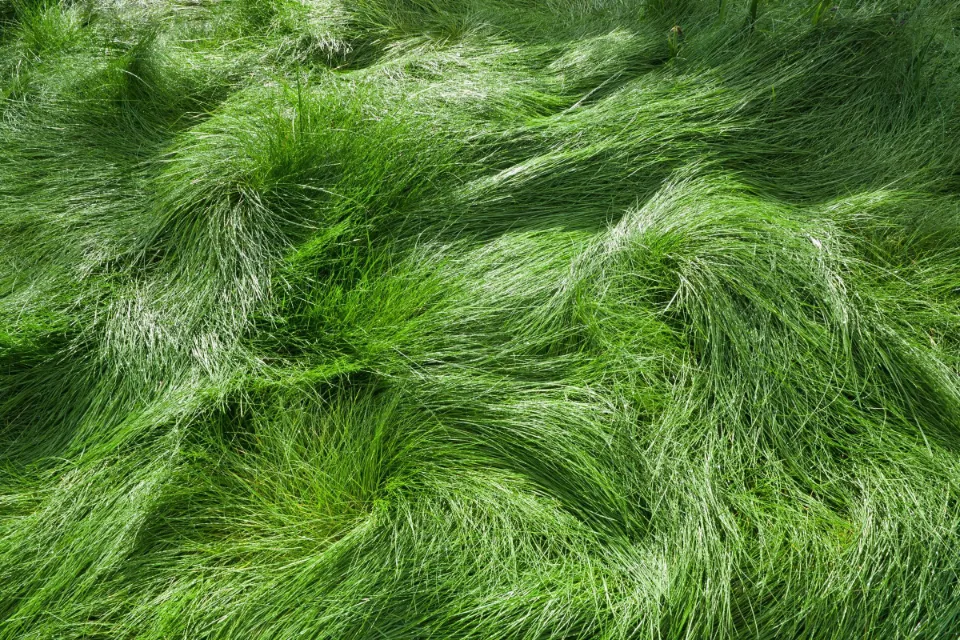
What to Look for When Buying Best Grass Seed
- Climate
The climate is one of the most crucial considerations when purchasing grass seed, as some mixtures perform better in particular areas. The South and Southwest of the United States, for instance, are ideal growing regions for Bermuda grass because it is a native of the southern hemisphere.
However, some grass species (like ryegrass and fescue) can thrive in a range of climatic conditions. Prior to buying grass seed, make sure to read the product description to make sure it can grow where you live.
- Sun Exposure
The amount of sun exposure your seedlings receive is another factor to think about. While fescue can grow in heavily shaded areas, species like Bermuda grass and some varieties of ryegrass require at least a few hours of sunlight each day to thrive.
Some mixes are formulated to grow in sun or shade, any time of year. Before purchasing grass seed, make sure it is appropriate for the amount of sunlight your yard receives by reading the product information.
- Maintenance
Search for a grass seed option that includes fertilizer if you’re looking for low-maintenance grass. Your seedlings will have the nutrition they need to grow quickly and thrive if you do this. Some blends also contain mulch, which helps keep the soil healthy, retains water, and prevents weed growth.
You might think about using grass seed that is specifically labeled as being weed-free (or 99 percent weed-free), since weeds are known to grow quickly. Additionally, some seeds are individually coated with a special substance that makes them more absorbent, meaning you don’t need to water as often, and disease resistant.
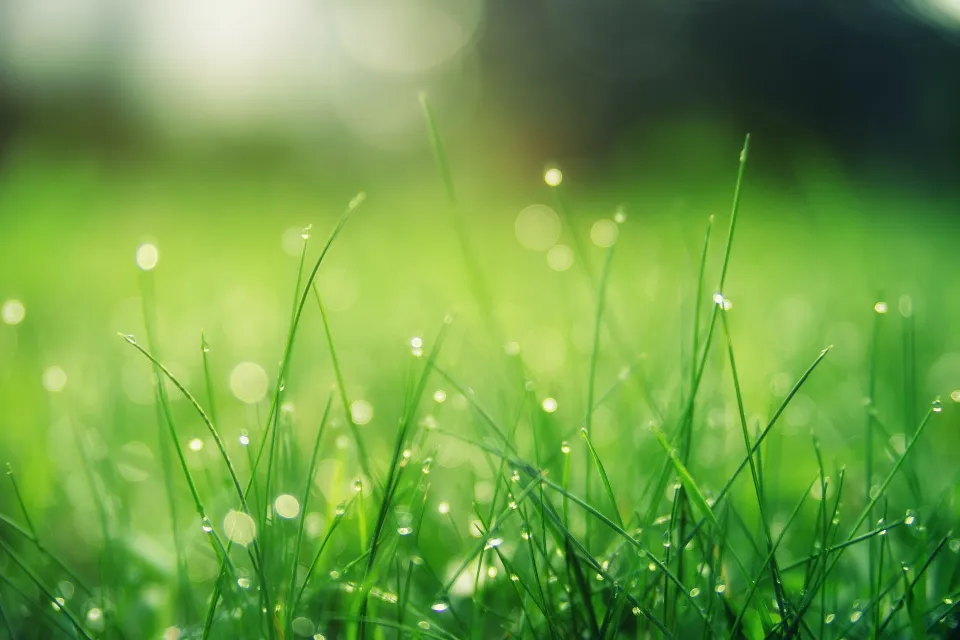
Give Grass the Right Growing Conditions
- Light
To develop into a dense, healthy, deeply rooted lawn, all types of lawn grass require sunlight. The majority of grasses require six hours or more per day of direct sunlight. Even the types sold as “shade tolerant” require at least four hours. For areas with a lot of shade, think about other options like low-growing perennials or ground covers that love the shade.
- Moisture
Grass also needs adequate moisture. During the growing season, it requires a total of about an inch of water per week from irrigation and rainfall combined. Some grasses are regarded as drought-tolerant, which merely means they will turn brown and go dormant when there is not enough moisture. Alternatives to traditional grass lawns for dry climates are a more sustainable landscape option in arid regions.
- Soil
Growing healthy lawn grass depends equally on the soil conditions. Sand, silt, and clay aggregate mixtures are the ideal growing conditions for these grasses. Although it retains just enough water to function as a reservoir in between downpours, this kind of soil easily drains excess moisture. By leaving the grass clippings on the lawn after mowing and occasionally top-dressing the lawn with compost, marginal soils can be improved with organic matter. Lime and fertilizer aid in providing the additional nutrients that are needed.
Can you mow wet grass? Short answer: No. Whether it’s early morning and the lawn is still dewy, a rainstorm just ended, or you just ran your sprinklers, you should skip the mow for now. Please read on for more detailed information.
Cool Season Lawn Grasses
Although cool season grasses can be planted in the spring, early fall is the ideal time to do so.
The Kentucky Bluegrass is the most prevalent cool-season grass. While it thrives in direct sunlight, it can also be blended with fine fescue for areas that are shaded. A good all-around yard is produced by the color, texture, and density.
Tall Fescue Grass Seed is well-liked because of its resistance to heat and drought. Red, hard, and Chewings fescue are varieties of fine fescue. Fescues can be planted on their own, but they are typically mixed with other grass species to create shady lawn blends.
The durability of perennial ryegrass makes it a good choice for high traffic lawns. It quickly takes root and can endure drought conditions. Additionally, it can withstand cold temperatures. It’s a good idea to have a backup plan just in case.
Warm Season Lawn Grasses
Warm-season grasses should be planted in late spring. Be aware that most warm-season grasses turn brown when cooler temperatures persist. Improved Bermuda Grass is found on golf courses across the South, but it’s Common Bermuda Grass that’s used for lawns. Although it prefers the heat, this low-maintenance grass is not suited for areas that receive much shade.
The heat tolerance of St. It is a preferred option due to Augustine Grass. In both the sun and the shade, this quickly growing grass thrives. Argentine and Pensacola varieties of bahia grass are available, but Argentine is preferable for lawns. It requires little upkeep and is immune to insects, disease, and drought. Soil erosion is reduced thanks to the strong root system.
Despite having poor soil fertility, centipede grass thrives and outcompetes weeds. Its slow growth requires less mowing than other grasses, but it doesn’t have the dark green color some homeowners want.
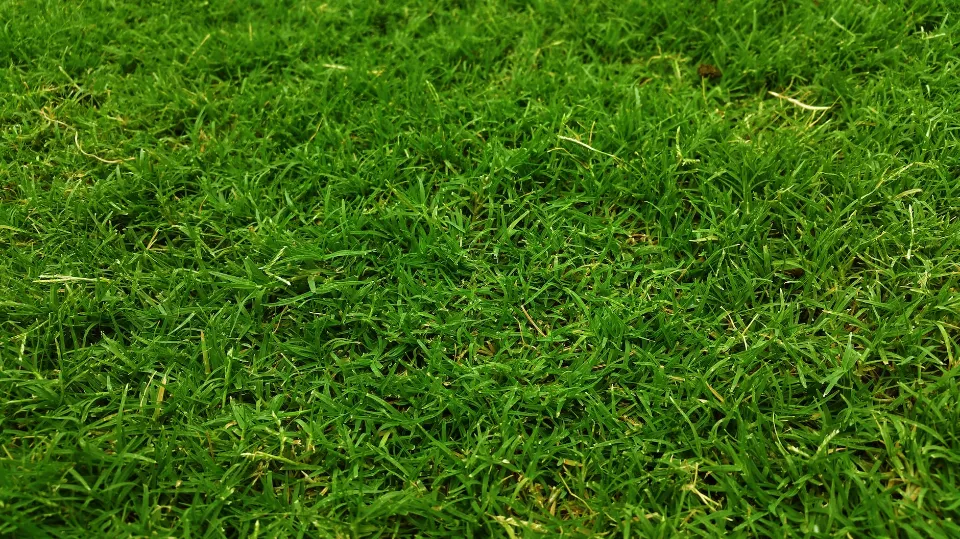
FAQs
How Do You Prepare the Soil for Grass Seed?
Start by clearing away any sticks, large rocks, and weeds from the soil’s surface to get it ready for grass seed. With a spade, hoe, garden fork, or core aerator, subsequently break up the soil, continuing to remove rocks and debris along the way. If your grass seed lacks fertilizer, add a slow-release fertilizer to the soil before planting.
How Often Do You Need to Water Grass Seed?
Water grass seed once or twice daily until it germinates in order to maintain constant moisture in the top layer of soil. Depending on where you live and the weather, you can vary how much and how frequently. Watering should be reduced to every other day once your seedlings are about an inch tall. After a few weeks, when the grass has established, weekly or bi-weekly watering should suffice.
What is the Best Month to Plant Grass Seed?
The ideal season for sowing grass seed is in the fall in many climates. The still-warm soil of late August, September, October, or November encourages optimum root growth, while the cooling air temperatures discourage excessive top growth. For establishing lawn grasses and encouraging extensive root growth, this is ideal.
Will Grass Seed Grow If I Just Throw It Down?
Probably not. Although some seeds on the soil’s surface will sprout, the germination rate will decline, and you won’t get the best results.
Summary: Best Grass Seed
If you love the look of a lush green lawn but don’t have one, the easiest and most affordable way to get one is with grass seed. But which kind of grass seed ought you to pick? The answer is complicated because there are over a half-dozen grass species that are traditionally used for lawns, plus nontraditional types used in “no-mow” and xeriscape landscapes.
Perennial ryegrass is the primary choice for the best grass seed, because is best for a temperate climate, sun, semi- shade, heavy foot traffic, and pets.
Fine fescues are the second choices, because they are ideal for shady areas of the garden, as long as they receive at least 2-3 hours of good sunlight each day.
If you have any questions, please leave a comment. My Prime Home tries to give you the best home improvement information. Don’t forget to share the post. Thank you for reading.
Read about
![Best Grass Seed: How to Choose [2023]](https://www.myprimehome.com/wp-content/uploads/2023/02/Best-Grass-Seed-How-to-Choose-2023.webp)
